The COVID-19 pandemic has led to the cancellation of dozens of fairs, festivals and other events in South Dakota in 2020 that typically provide a significant revenue boost and foster community cohesiveness in cities and counties across the state.
As of early June, nearly four dozen community events, many of them multi-day affairs, were cancelled and not rescheduled, according to the state Department of Tourism. Those cancellations are in addition to the temporary or permanent closure of dozens more businesses and attractions that lure visitors and spending to the state each year.
According to a compilation of cancellations and closures on the tourism department website, at least 15 events have been cancelled in the western region, 14 in the southeast, nine in the northeast and six in the center of the state. Several other events have been postponed and may resurface later in the summer or fall.
Millions of dollars in income for businesses and individuals will be lost, and sales-tax revenues that fund operations of cities, counties and the state will be reduced as events are cancelled over fears of spreading the potentially deadly coronavirus.
The state does not break out financial, tax or employment data on the impact of community events, festivals, rodeos and fairs, but Tourism Secretary Jim Hagen said the cancellation of dozens of events will deprive many businesses and communities, especially in remote rural regions, a critical source of income and tax revenues that may be impossible to replicate.
“Especially for our small towns in rural South Dakota, we know how important those events are,” Hagen said. “That event, that fair, that rodeo or that festival really becomes a rallying point and big source of revenue for the community and folks that live there.”
The cancellations include time-honored, community-defining events across the state, such as Yankton Riverboat Days, the Siouxland Renaissance Festival in Sioux Falls, Lake Andes Fish Days, Oahe Days in Pierre, Wild Bill Days in Deadwood, the Hills Alive Christian music festival in Rapid City, the Fall River County Fair in Edgemont and the Festival in the Park in Spearfish.
Many smaller, niche interest events are also off for 2020, including Arts in the Park in Aberdeen, the Wheel Jam in Huron, the Custer Off-Road Rally, the Black Hills Quilt Show in Rapid City and the Sturgis Camaro Rally. Fireworks shows in Watertown and Sioux Falls have also been cancelled.
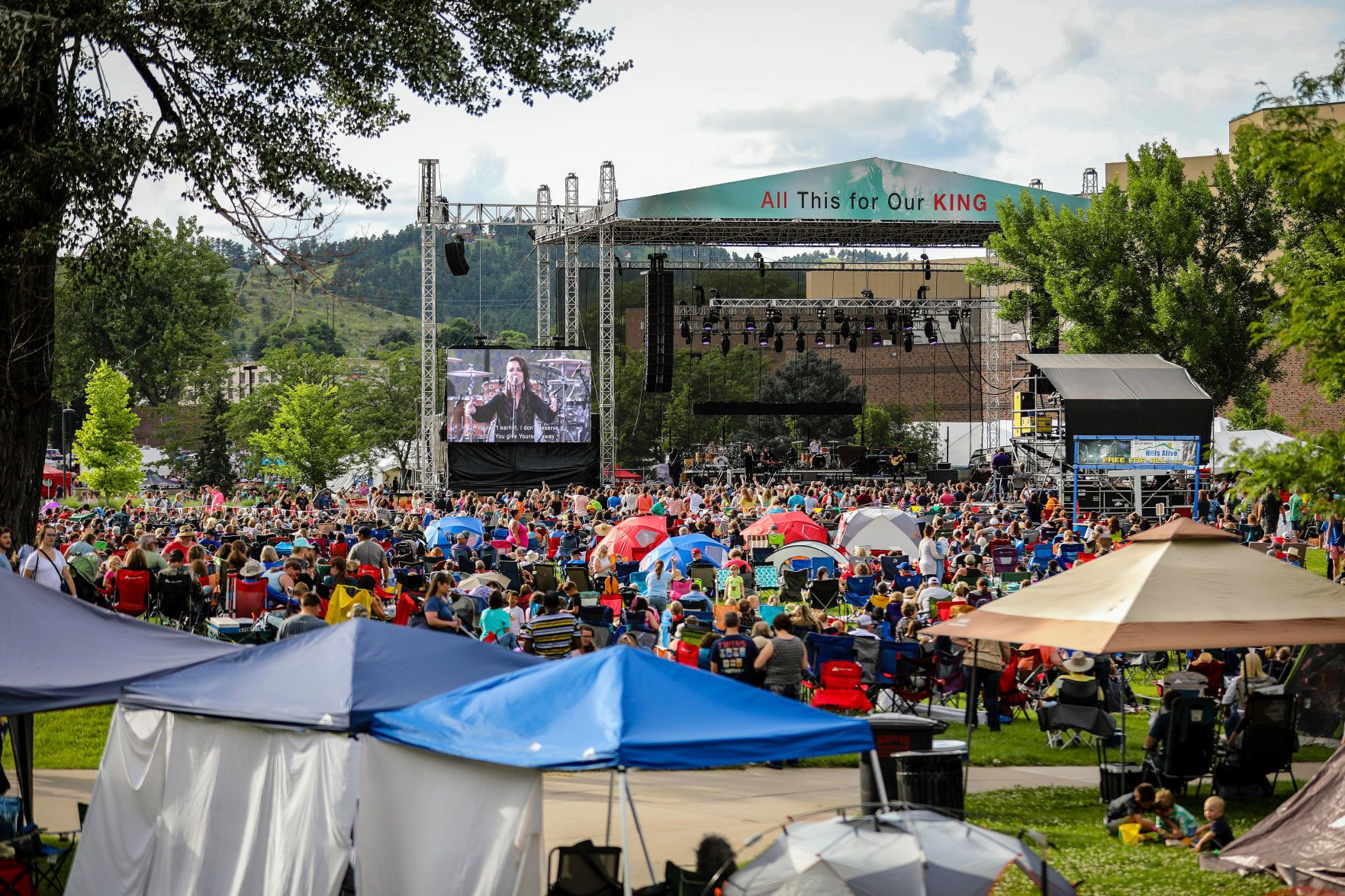
Tourism is big business in South Dakota and a major revenue source for communities across the state, especially during local events, Hagen said. According to state data, 14.5 million people visited the state in 2019, spending $4.1 billion and generating $308 million in state and local taxes and supporting more than 55,000 jobs.
Hagen said revenue in the tourism industry in South Dakota is estimated to be down by about 70% so far this year, with some hotels reporting occupancy rates of only 15% to 30%, far below normal. The festival cancellations are adding to the industry woes.
A 2012 report by the national Americans for the Arts organization found that non-profit art and cultural events attracted an estimated 3.3 million people and generated almost $97 million in spending in South Dakota in 2010. The study included a survey of 3,300 South Dakota event attendees who reported that in addition to any admission costs, they spent an average of $17.20 per person.
Based on the study, the Czech Days festival in Tabor, which attracts up to 10,000 visitors each June, could generate up to $172,000 in new local spending in the town of 408 people.
The decision to cancel the events is sometimes heartbreaking for organizers who have spent most of the year preparing to host vibrant events that may include music, food, sports, history and culture and children’s activities. The loss of the 2020 events also cuts off a funding stream that pays for other community programs and activities.
Scrapping the June 6 Fort Sisseton Historical Festival was one of the toughest decisions park manager Ali Tronsfeldt has ever made. Part historic re-enactment, part celebration of frontier culture, the annual event has been held for decades at the Fort Sisseton Historical State Park and helps sustain the park’s cultural resources.
“It just broke my heart,” Tronsfeldt said. “ I know people have come for 40-some years, they bring their kids or grandkids and it’s a family tradition for thousands of people.”
The cancellations are sure to reduce morale in communities that are already suffering from the isolation and upheaval of normal life amid the pandemic.
“It does take an emotional toll on individuals and the communities as a whole,” Hagen said. “These are events that people plan their whole summers around, they become a reunion for families, and there’s only so much you can do virtually to make up for that.”
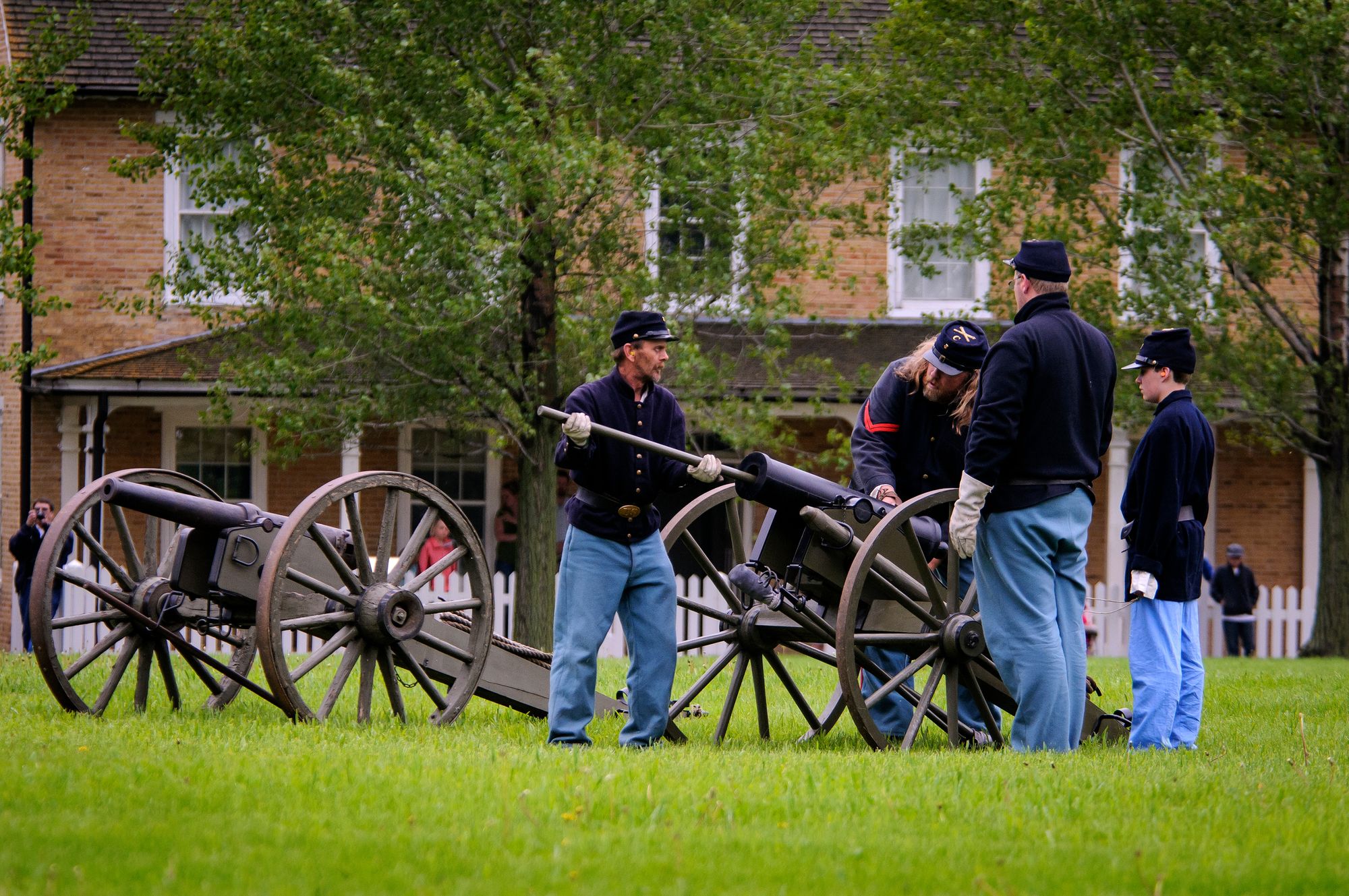
Sturgis rally and state fair still on for now
As of early June, two of South Dakota’s largest annual events — the Sturgis motorcycle rally in August and the State Fair in Huron in September — were still planning to be held.
As far as the biggest event in South Dakota each year — the Sturgis motorcycle rally — Hagen said the state is working with officials in Sturgis to gather data and medical information to make the best possible decision about whether to host the rally, which is scheduled for Aug. 7-16.
An announcement on the status of the official event will be made on or around June 16, Hagen said.
The rally drew an estimated 490,000 people to the Black Hills for the 10-day event in 2019, and saw record attendance of 740,000 people at he 75th rally in 2015. The overall economic impact to the state in 2019 was estimated at $720 million.
Hagen said he anticipates that a large number of bikers and vendors will come to Sturgis in August even if the 80th rally is officially cancelled.
“My guess would be that we will still see those folks coming in,” Hagen said. “It’s hard to know, but we’re receiving emails inquiring about the status of the rally and some people telling us they’re coming regardless of what we do.”
In a June 3 news release in response to questions from South Dakota News Watch, the Department of Agriculture said the state fair remained scheduled for Sept. 3-7, but will likely include changes to address risks from COVID-19.
The release did not specify what fair planners may change to follow guidelines from the federal Centers for Disease Control and Prevention that warn that gatherings of more than 250 people significantly increase the risk of disease transmission.
“We know that this will look a lot different than previous years, but our highest priority is to ensure we are implementing measures so guests, participants, and the community can take the precautions necessary to stay healthy,” State Fair Director Peggy Besch said in the news release.
More than 205,000 people attended the 2019 state fair and generated sales tax collections or more than $224,000.
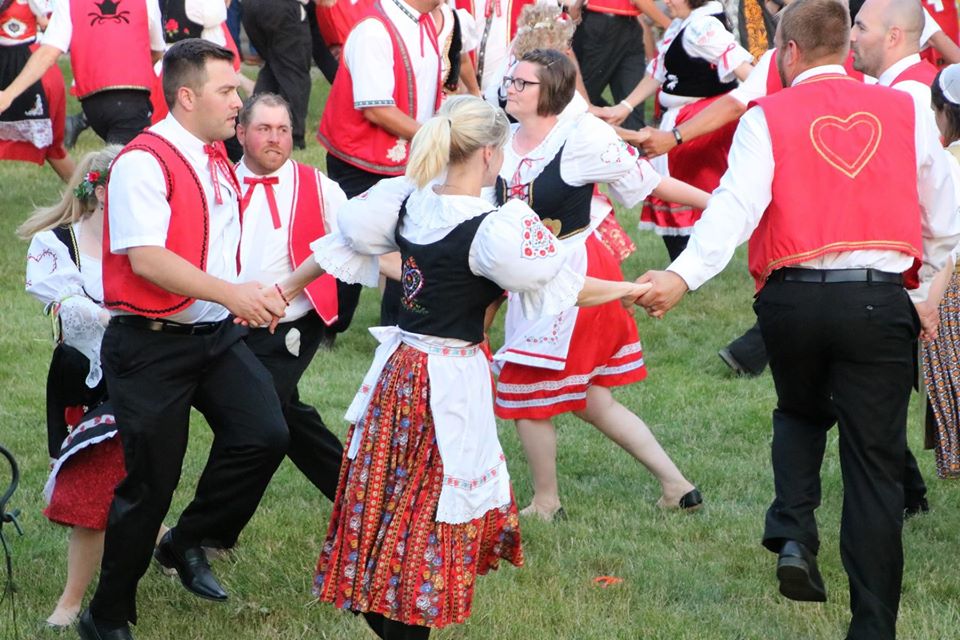
Painful decisions, widespread impacts
The loss of Czech Days in Tabor for 2020 was a hard pill for area residents to swallow. The event has been held for more than 70 years and had been scheduled for June 18-20.
“I’ve got family that live five to six hours away, now they’ve got kids of their own and it’s sad that they won’t get to be a part of the festival this year,” said Laverne Schieffer, chairman of the town council. “That probably hurts more than the other stuff.”
Schieffer is also a member of the town’s volunteer fire department. Each year, the department raises a substantial portion of its annual budget selling food during Czech Days, he said.
Many of the cultural and social institutions in Tabor benefit from Czech Days in one form or another, said Mark Povondra, an event organizer. In addition to the fire department, Tabor’s American Legion Post 183, the St. Wenceslaus Alter Society and Tabor’s Czech Heritage Society all raise money selling food and beverages. Each organization can then spend money it earned during Czech Days on things such as youth baseball, an after-prom event for high-school seniors or free swimming lessons at the city pool, Povondra said.
“It is going to have an impact throughout the year,” Pavondra said. “They may have to look at trying other opportunities for fundraising, like putting on bingo or anything that will help get them through the year.”
Some Czech Days attendees travel from around the country and even internationally. The event features 238 traditional Czech Beseda dancers whirling in Sokol Park, copious amounts of kolaches — a traditional Czech pastry — and a parade in addition to carnival rides and games.
“It’s kind of like canceling Christmas in Tabor,” Povondra said of calling off Czech Days 2020.
The planning process has already begun for Czech Days 2021, Povondra said, and organizers are hopeful that seven decades of history will help bring visitors back.
The Fort Sisseton Historical Festival, which combines Civil War reenactors with a fur trade-era rendezvous and recreations of frontier life for displays and hands-on history lessons for park visitors, is an integral part of the Fort Sisseton Historical State Park’s mission. Fort Sisseton was built in 1864 in a still remote section of the Prairie Coteau near the Lake Traverse Reservation in the northeast corner of what became South Dakota. Much of the Civil War-era fort remains standing and was designated as a state park in 1956.
Maintaining interest in the Fort Sisseton Historical Festival is important to the park because it drives park attendance and revenue. In an average year, 10,000 people — roughly one-fifth of the park’s annual visitors — come for the festival, Tronsfeldt said. At $5 a head, festival entry fees would generate around $50,000 in an average year. Not holding the event almost certainly means the park’s revenue will be down in 2020 and raises questions about how the 2021 festival will be funded.
“I don’t know what next year looks like when it comes to funding or resources,” Tronsfeldt said. “But I can tell you that my crew and I, and everybody who is involved in the festival, will do our best to make it the best festival that we can.”
The cancellation of smaller, niche events also has a negative financial impact on local businesses. Edward Miller, owner of the Rush No More RV Resort and Campground in Meade County, said he lost money when the organizers of the Black Hills Bluegrass Festival cancelled the 2020 event set to be held at his campground and music venue the last weekend in June.
“It certainly hurt us because we had close to 400 people stay here for the event last year,” Miller said.
In addition to RV and campsite rentals, Miller will lose out on revenue from the beer garden and casual dining options he provides. He’s also disappointed for the fans of bluegrass music and the festival organizers who have held the event for 40 years.
“It’s a fun time and everybody really enjoys it, and I’m really sorry it’s not going to happen because it’s such a great event,” Miller said.
Though the official bluegrass fest is off, Miller said he is planning to provide accommodations and a music venue for some of the musicians and patrons who have told Miller they still plan to come in late June to hold an unofficial bluegrass jam session.
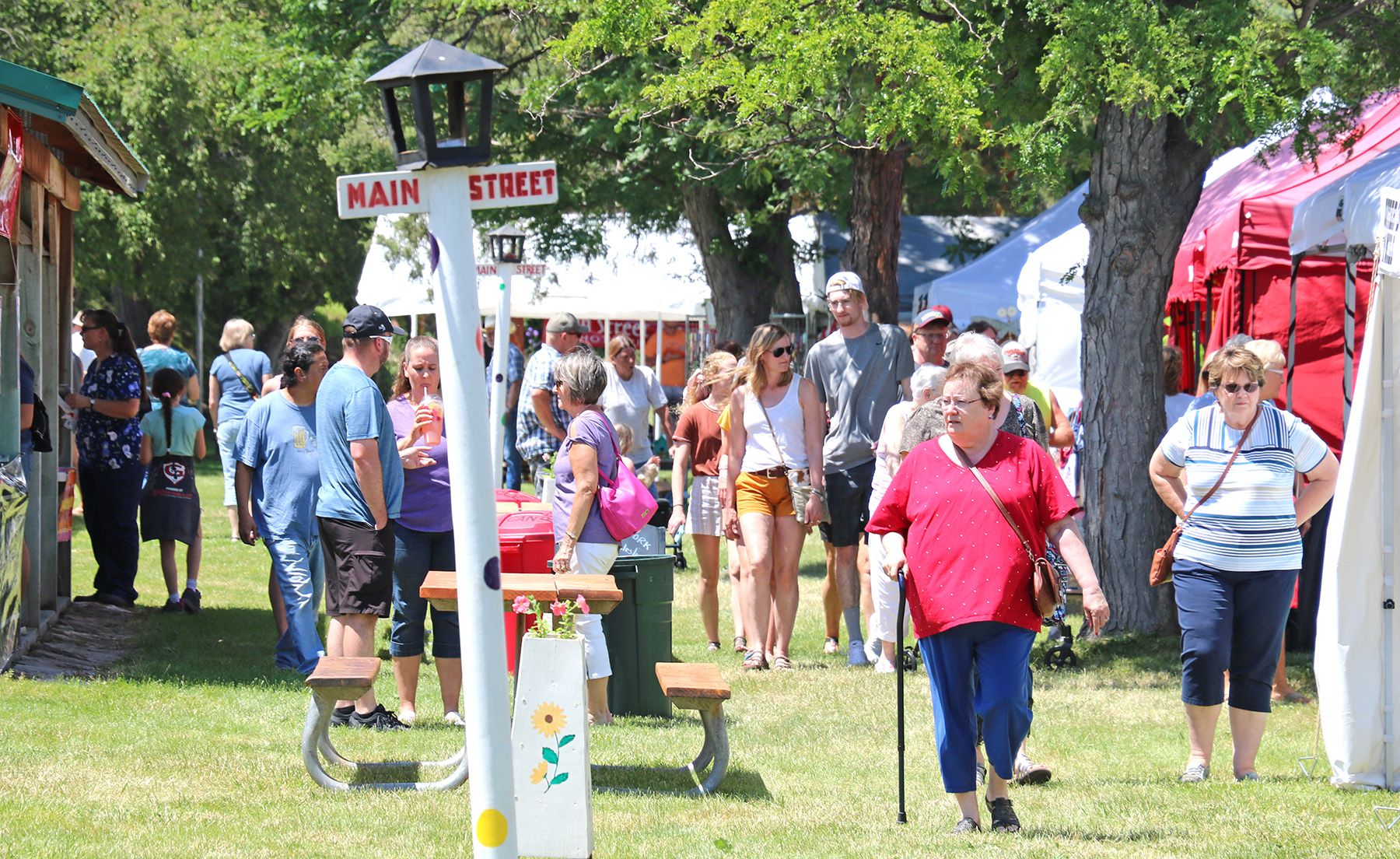
A sometimes tense debate occurred among the committee members who run the annual Hot Springs Main Street Arts & Crafts Festival, said Gerald Collogan, who has helped organize the event for the past 30 years. The event typically attracts 50 to 60 vendors and 3,000 to 4,000 patrons over the last weekend in June, Collogan said.
The committee considered moving the event to later in the summer, but eventually decided that concerns over the potential for spreading the coronavirus outweighed the benefits of hosting an event that could end up being smaller or less well-attended anyway.
“The people for 43 years have looked forward to he festival and they know exactly what time of year it is,” Collogan said. “But it came down to safety. We didn’t want to be the factor that would possibly spread the virus if anybody was infected and walked through the festival.”
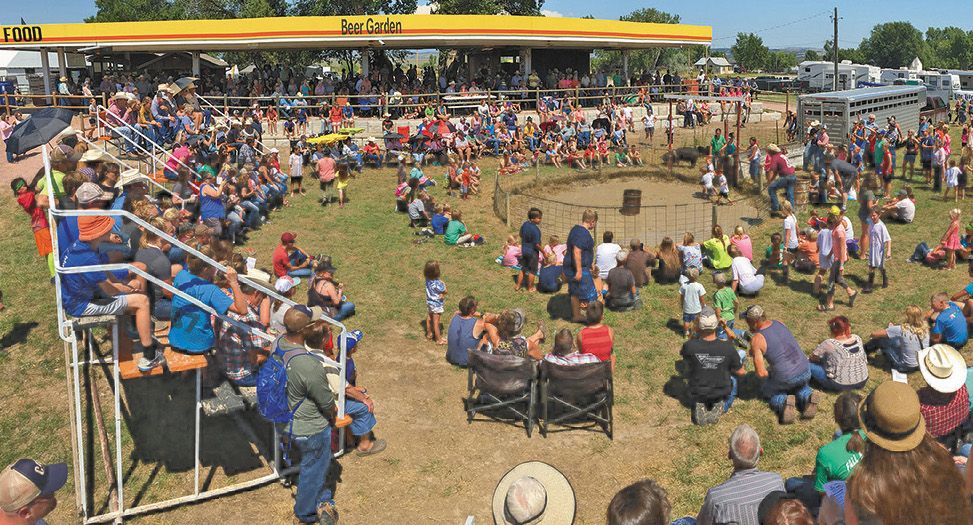
Cancellations part of tough year for tourism
The cancellation of dozens of local events is one more challenge added to an already difficult yer for the tourism in South Dakota, said Julie Schmitz Jensen, CEO of Visit Rapid City.
Jensen said visitors from out of town may not come to the Black Hills or other regions of South Dakota solely because there is a local event taking place, but that once they arrive, they are likely to attend the events and spend money on food, drink and merchandise.
“Those festivals, fairs and events are all very very important to the whole picture of what makes Rapid City a great place to come visit,” Jensen said. “They make our city a vibrant city.”
Visit Rapid City mainly focuses its marketing efforts on people from outside South Dakota because the money they spend is seen as new revenue being pumped into the state and local economy.
Since the COVID-19 pandemic, the group has shifted its focus away from targeting people who have to fly to South Dakota and instead has heightened efforts to lure those who are in the “drive markets,” or places that are within a six to eight hour drive from the Hills.
“The bread and butter for us are the people from Minnesota, Wisconsin, Nebraska, Colorado; those are the people bringing money from outside our state and leaving it here,“ Jensen said.
While tourism spending overall is likely to be off significantly in 2020, Jensen said South Dakota communities will remain attractive to visitors who are feeling cooped up and want to visit places where most activities are outside and safer from the coronavirus.
“Gas prices are at all-time low, and we have the great outdoors, so you can socially distance here and feel safe,” she said.
Hagen said the state is urging all tourism and event providers to place a high priority on following guidance from the CDC to maintain social-distancing guidelines and keep group sizes as low as possible to prevent the spread of COVID-19.
“If we don’t provide a safe environment when they get here, we won’t have any tourism,” Hagen said. “Our industry is taking this very, very seriously and putting in place those protocols.”
Hagen said he is concerned that the negative impacts of the virus on tourism in South Dakota and beyond may linger for a few years, making it likely some people may not return to travel anytime soon. He said the U.S. travel industry has lost $600 billion so far due to the pandemic.
“I don’t think it’s something that will resolve itself in one season; we’re going to be feeling the effects of this virus for a couple years or more.”
However, Hagen said the local event cancellations may make people more appreciative of the celebrations when they return, and he predicted that some events may come back stronger in 2021 as a result.
“The majority of those cancelling this year are definitely planning for next year, and some have already announced those 2021 dates, so that’s encouraging,” he said. “I, for one, am not going to take any of the things I used to do every summer or those things that I attend, I’m never going to take those for granted again.”



